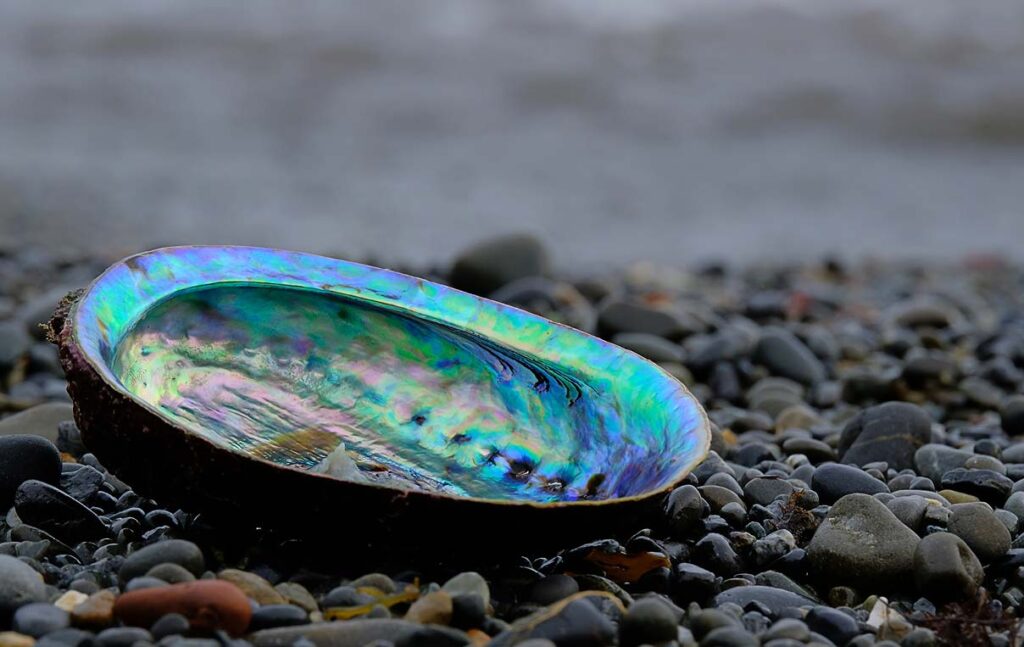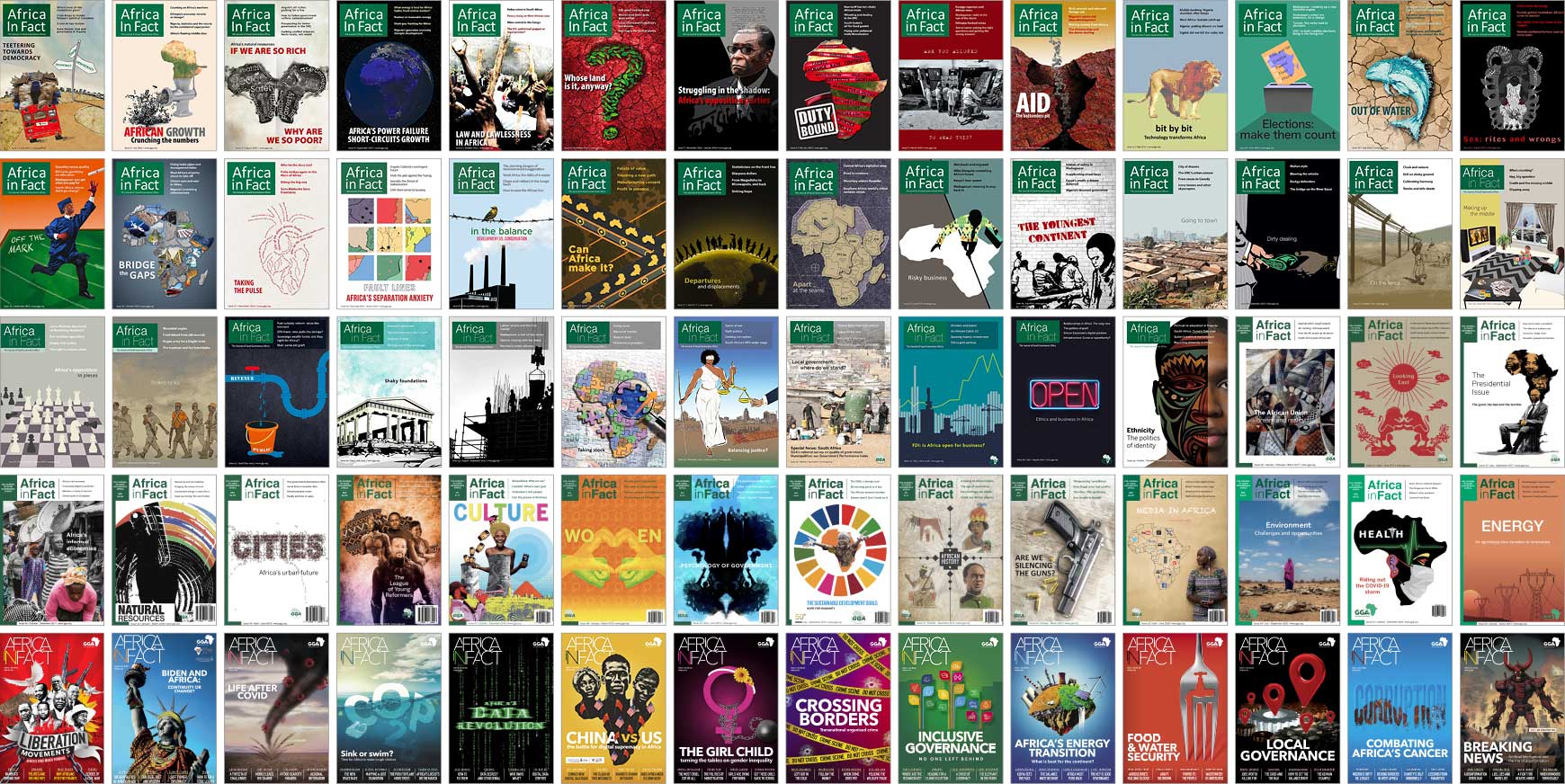“Beneath its surface, the sea holds many treasures.” It’s difficult to better these opening words of the documentary White Gold. Communities that have drawn their livelihoods from the sea have long recognised this; but with the progression of time and changing circumstances, not only can the value of those treasures change radically for those who previously depended on them, but they can become an outright blight.
White Gold is a study of South Africa’s abalone resources, its title appropriately referencing the large sea snail – Haliotis midae, or “perlemoen” in South African parlance – which is endemic along the country’s coastline, particularly in the Western and Eastern Cape provinces.
Abalone has been part of the diet of the inhabitants of the southern African coast for millennia, and artisanal harvesting has for generations supported the small fishing communities that dot the country’s southern coast.
A corresponding attachment to abalone exists elsewhere in the world, particularly in east Asia, where abalone is regarded as a delicacy – Bao Yu (鲍鱼) in Chinese, which carries connotations of assurance and abundance. Often consumed at celebratory events, abalone is an item whose inclusion in a menu signals the status of the host and honour to the guests.
Potentially, the endemic abalone along South Africa’s coast and the demand for it in restaurants in Hong Kong is the stuff of a mutually beneficial trade exchange. Sadly, the reality is rather less salutary.
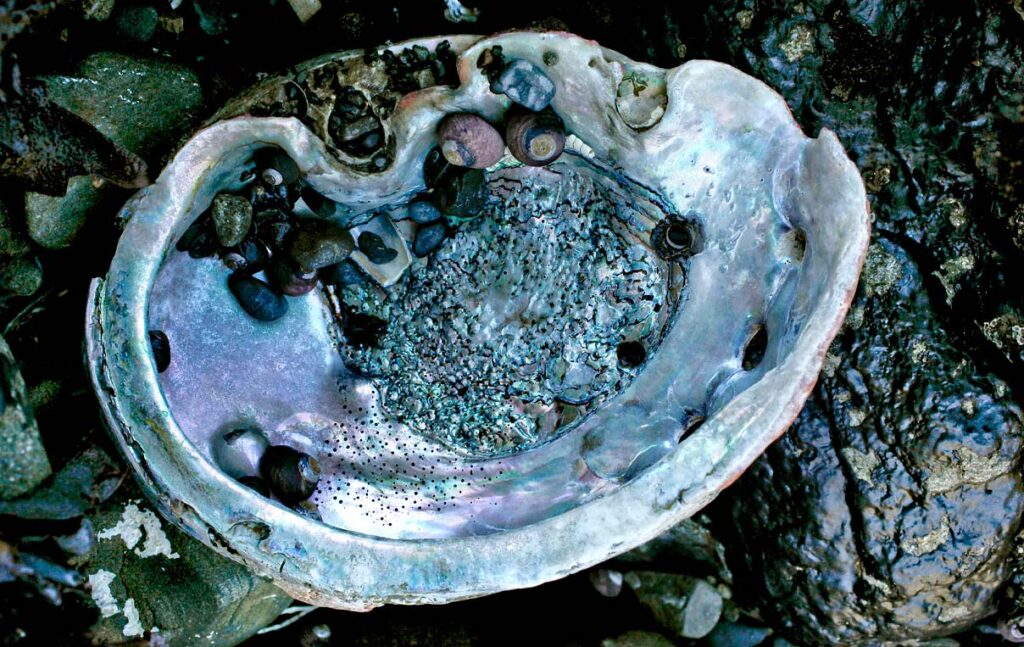
The commercial exploitation of abalone in South Africa is typically traced back to the 1940s. Harvesting was performed by divers contracted to one of five companies, which maintained their own processing plants.
The South African Department of Forestry, Fisheries and the Environment’s (DFFE) 2023 report ‘Status of the South African Marine Fishery Resources’ shows how this developed over the years. Production was robust throughout the 1950s, growing rapidly in the early 1960s, and peaking at nearly 3,000 tonnes in 1965. By this point, concerns were growing about the impact of harvesting on abalone populations and restrictions were introduced in the latter years of the decade – the so-called “total allowable catch” (TAC).
This placed a hard legal cap on the abalone that could be harvested, and dramatically lowered what was being landed. Between the 1970s and 1990s, the TAC hovered below 1,000 metric tonnes, falling gradually to 500 tonnes in 1999. In the two decades subsequently, the TAC fell precipitously, and after 2006, none reached 200 tonnes. By 2021, it was at a meagre 50.5 tonnes.
These falling quotas existed alongside a booming illicit market. The 50.5-tonne TAC was dwarfed by illegal harvesting, linked to a network of gangs, smuggling routes, and international syndicates, and tied into a devastating addiction epidemic. The abalone faced precisely the danger of extinction that the TAC had sought to prevent. What had gone wrong?
The TAC system always coexisted with some poaching. Communities along the coast saw the ocean as the natural source of their livelihoods. In contrast, others (sometimes recreational divers unconnected to fishing communities) saw the opportunity for quick money by gathering and selling abalone on the quiet. This was all limited in scope and posed no appreciable danger to abalone stocks.
South Africa’s political transition in the 1990s opened South Africa to all manner of new business opportunities, including criminal ones. The transition represented a seismic shift in the management of the economy, which made its own waves in the blue economy. The post-1994 government sought redistribution to those previously excluded from the economic mainstream. In the abalone field, the goal was to shift opportunities from the five big concerns to small-scale and subsistence fishermen.
A permit system to govern this was established, though it was poorly and tactlessly administered; the state simply lacked the means to make it function well, even though this involved stepped up efforts against poaching and the launch of new environmental courts – which was perceived by many small-scale violators as harassment. At the same time, the increase in permits issued, coupled with the falling TACs, meant that what could legally be made by individual fishermen could not underwrite livelihoods. Many grew deeply resentful that they were being squeezed out of profiting from a resource that was part of nature’s bounty, and to which they felt entitled. In this environment, poaching made sense for frustrated coastal communities.
At the other end of the world, rapidly growing Asian economies enjoyed an unprecedented rise in prosperity and the taste to savour it. This was the case regarding abalone, with all its cultural and culinary significance. Indeed, with the rand falling relative to the dollar, South African abalone offered tantalising profits if it could be connected with those markets.
Into this stepped both domestic and foreign gangs. South Africa has long had a domestic gang culture of its own. Among poorly policed communities, they were able to assert their coercive authority and, at times, provide a species of security and order. To poverty-stricken communities, they could offer rare (though meagre) opportunities for a livelihood. Abalone had not been a major focus of South Africa’s gangs, but they were quick to see its potential as a moneyspinner.
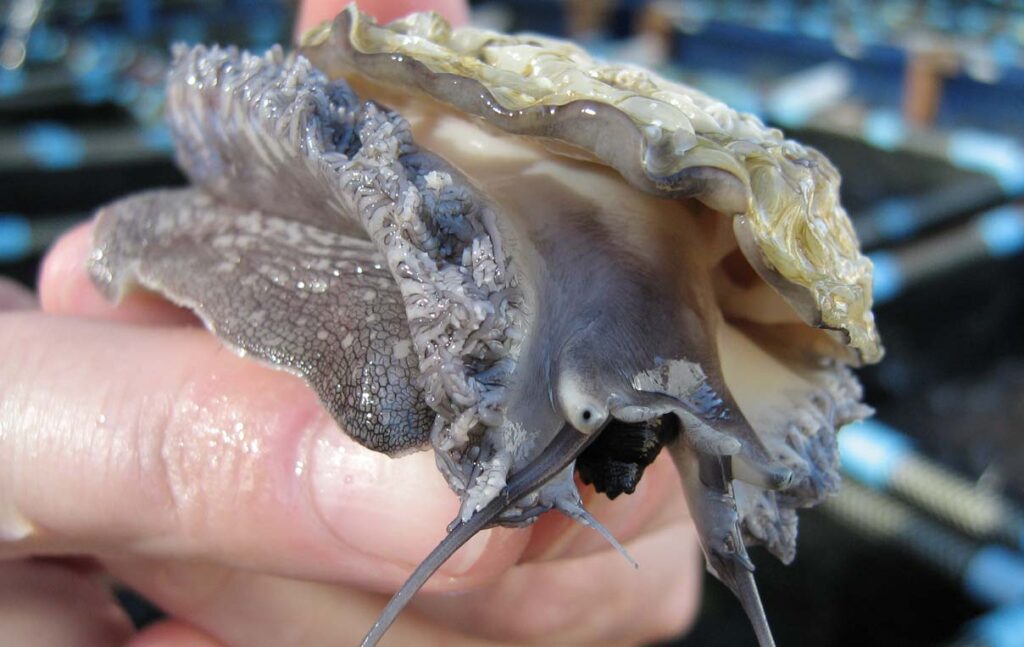
Chinese gangs had already established a small presence in South Africa, and the country’s rapid global reintegration saw their activities surge. They were uniquely placed to understand the value of South African abalone in China and had the connections to launder it into Asian markets.
Together, these two groups provided an ersatz commercial infrastructure. Local gangs would control the harvesting and accumulation of the abalone. They would hire or pay the divers and arrange for transport. The foreign gangs would then handle the drying and preparation of the abalone and its despatch to markets abroad.
For both, abalone was part of a larger portfolio of interests. The relationship developed into the equally profitable but rather more lucrative narcotics trade. South African gangs found that their Chinese counterparts could provide them with methamphetamine and its precursors, with abalone used as payment. Cheap and highly addictive, the South African variant of the drug, “tik”, cut a swathe of destruction through many of these communities, associated with rising crime and general societal pathologies.
Kimon de Greef, whose journalistic work has done much to bring the consequences of the illicit abalone trade to public attention, conducted an in-depth study in the Western Cape’s poverty-stricken Hangberg community, which was published in 2013. It presented a nuanced picture. “Illegal abalone fishery,” it comments, “has had both positive and negative social impacts in Hangberg. On the one hand, money from abalone poaching contributes to local economic development and the livelihoods of at least 1,000 residents. On the other hand, lucrative profits encourage extravagant spending, and a culture of conspicuous consumption appears to have taken hold in the community. Abalone poaching thus funds lifestyles in addition to livelihoods, with substantial cash sums spent on clothes, fast cars, and recreational drug use.” The impact of tik addiction has taken an extremely damaging toll on communities like Hangberg.
Speaking to Africa in Fact, De Greef notes that Hangberg was not a historical abalone harvesting ground. The practice moved in as demand for abalone grew, propelled by syndicates and growing competition in other areas. The trade is mobile and insatiable and exacts costs on the future prospects of the communities it impacts.
Just what volumes of abalone are harvested and trafficked? The best estimates appear to have been compiled by the NGO TRAFFIC. Very little abalone is consumed in South Africa, so harvesting – legal and illegal – can be determined from customs data from abalone importing territories. In brief, the total imported, less the TAC and other legally cultivated abalone, would give an indication of the amount poached. In a 2018 report, ‘Empty Shells’, TRAFFIC estimated that 55,863 tonnes of abalone were imported between 2000 and 2016 (the study’s timeframe), of which some 18,905 tonnes were legally produced.
Thus, 39,958 tonnes would have been poached – or well in excess of 2,000 tonnes per year (against a TAC that never reached 500 tonnes). This means that close to three-quarters of the abalone traded was illegally harvested. In monetary terms, the report estimated the illegally trafficked abalone to have been worth a cumulative $891 million, or more than R10 billion. TRAFFIC has, in fact, suggested that the poached abalone industry may be worth more than all other South African fishing industries, apart from hake and squid.
Once out of the country, abalone is largely uncontrolled. In 2007, abalone was listed by South Africa under the Convention on International Trade in Endangered Species of Wild Fauna and Flora (CITES), which would have required exports to be accompanied by documentation granting official permission to do so. It was delisted in 2010 after “administrative” challenges – many officials simply didn’t understand how it was meant to work. There is, therefore, no global protection standard to regulate the trade.
The upshot is that South African abalone is described by the DFFE as “heavily depleted” and faces a real risk of extinction. Abalone hauls seem to be in decline, although the abalone population has proven more resilient than initial models had predicted. Combined with the severe harm the illicit economy inflicts, White Gold is an asset in a desperate economy.
As De Greef remarks: “It seems to me that over the past decade, the social costs of the abalone trade have multiplied, while the environmental costs have flattened out.”
The promise of the blue economy is that the resources and regenerative potential of the ocean can be harnessed to provide sustainably for human livelihoods. Abalone harvesting in South Africa is failing at this. Not only are its benefits paired with debilitating costs, but the resource itself is being obliterated.
To deal with this, it is essential to recognise the social context – poverty and exclusion, a crime-ridden environment, a suspicion of authority, and a sense of entitlement to the ocean’s resources. At its broadest, dealing with this demands the twin imperatives of dealing with the criminality that has taken hold of the trade and providing alternative livelihoods to the communities for whom poaching provides an income.
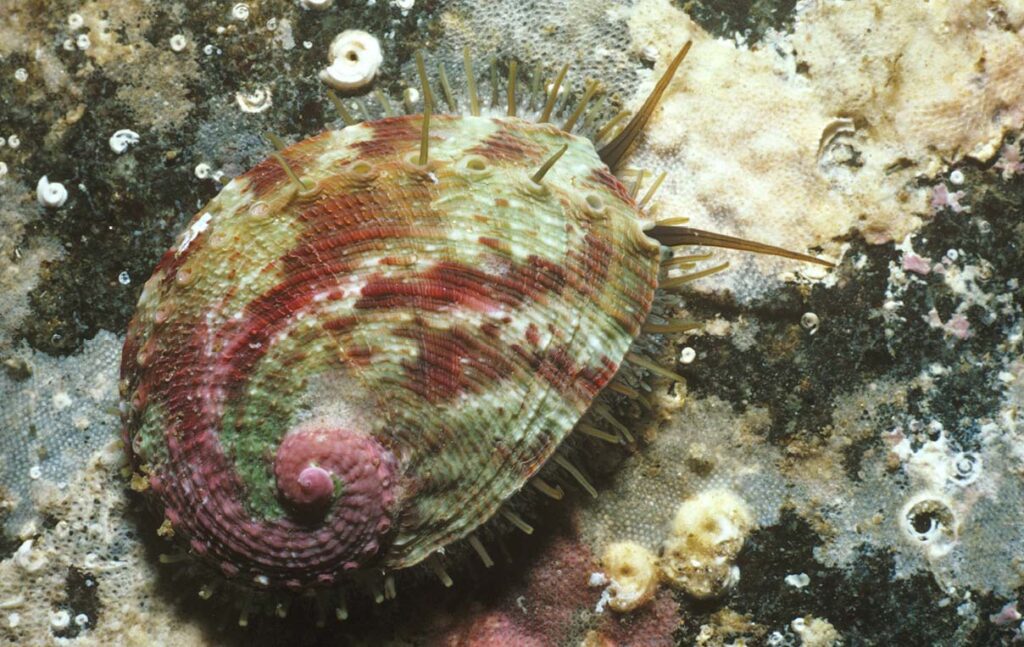
Combating the criminal aspects has failed dismally for several reasons: weaknesses in South Africa’s state, a lack of international coordination, and the level of penetration of the criminal economy.
In technical terms, observers propose enhanced enforcement, including specialist policing units, properly trained and equipped, along with dedicated courts to process offenders quickly and efficiently. Dr Ross Harvey, an expert in transnational environmental crime at Good Governance Africa, argues for an absolute ban on the trade.
The difficulty is that without extensive public buy-in, domestically and abroad, none of this has any hope of success. As long as alternatives are scarce, coastal communities will make whatever accommodations they must, and for socio-economic and cultural reasons, they do not see poaching as a “real” crime.
One possible avenue to explore is abalone aquaculture. At present, there are about a dozen abalone farming operations in South Africa, with a total production of 2,255 tonnes in 2022, according to the DFFE. However, the industry has been growing rapidly, and production is now double that of the previous decade.
Werner Piek of Abagold, an abalone farming operation near Hermanus, told Africa in Fact that South Africa is currently “a small player in the global market” – small by the standards of the more mature farming industries in Japan and South Korea, but a demonstration of potential. This production also comfortably exceeds the TAC.
But, as Piek explained, aquaculture is an expensive and difficult pursuit. As a rule of thumb, a tonne of abalone comes off the back of R1 million in investment. “An abalone farm is very costly,” he said. “There’s the site selection, the electricity, and the need for clean water. Then there’s the permit process, a very complex regulatory framework. It’s a 24/7 operation.”
Obviously, abalone farming has a contribution to make. It provides desperately needed employment, although whether this could compensate for poaching would depend on the scale at which such facilities could be established. Aquaculture might be able to take up some of the commercial demand for abalone, and there have been experiments in reseeding the depleted populations. But there is no sign that it has a discernible impact on the poaching economy.
De Greef suggests that possibilities might lie in abalone ranching: partnerships between investors and communities to replace wild populations for their later exploitation. “It’s an interesting idea,” he comments”, though complicated in view of the difficulties of community politics.”
For now, the harsh reality is that there is a hard limit to what economic value can be extracted from South Africa’s extant abalone resources, and the prospects for those that exist are rapidly being exhausted. As in any Gold Rush, sooner or later, the resource runs out.
*This piece draws on work originally published by the Institute for Security Studies’ ENACT programme.

Terence Corrigan is an independent researcher, political consultant, writer, editor and illustrator. He is currently a research fellow at the South African Institute of International Affairs (SAIIA) in its Governance and African Peer Review Mechanism Programme and a policy fellow at the Institute of Race Relations (IRR).

